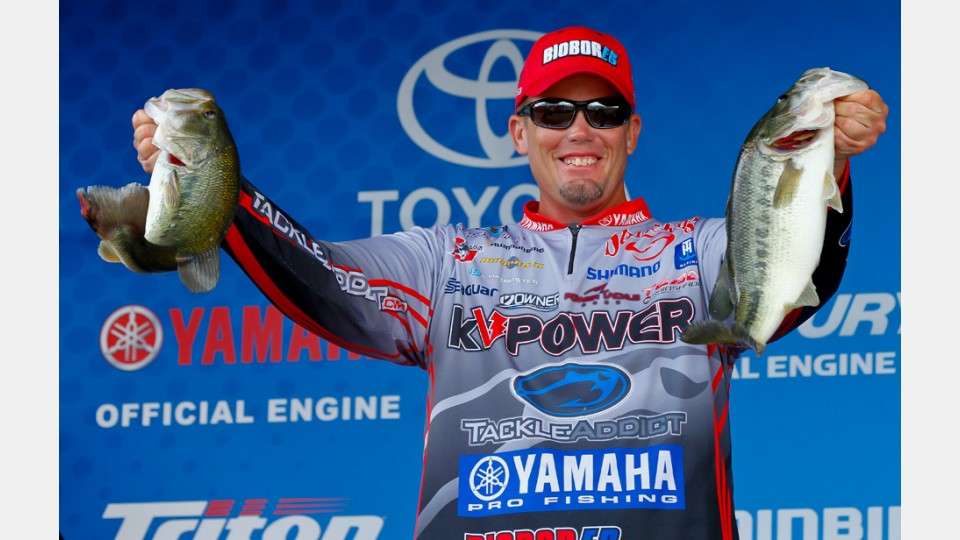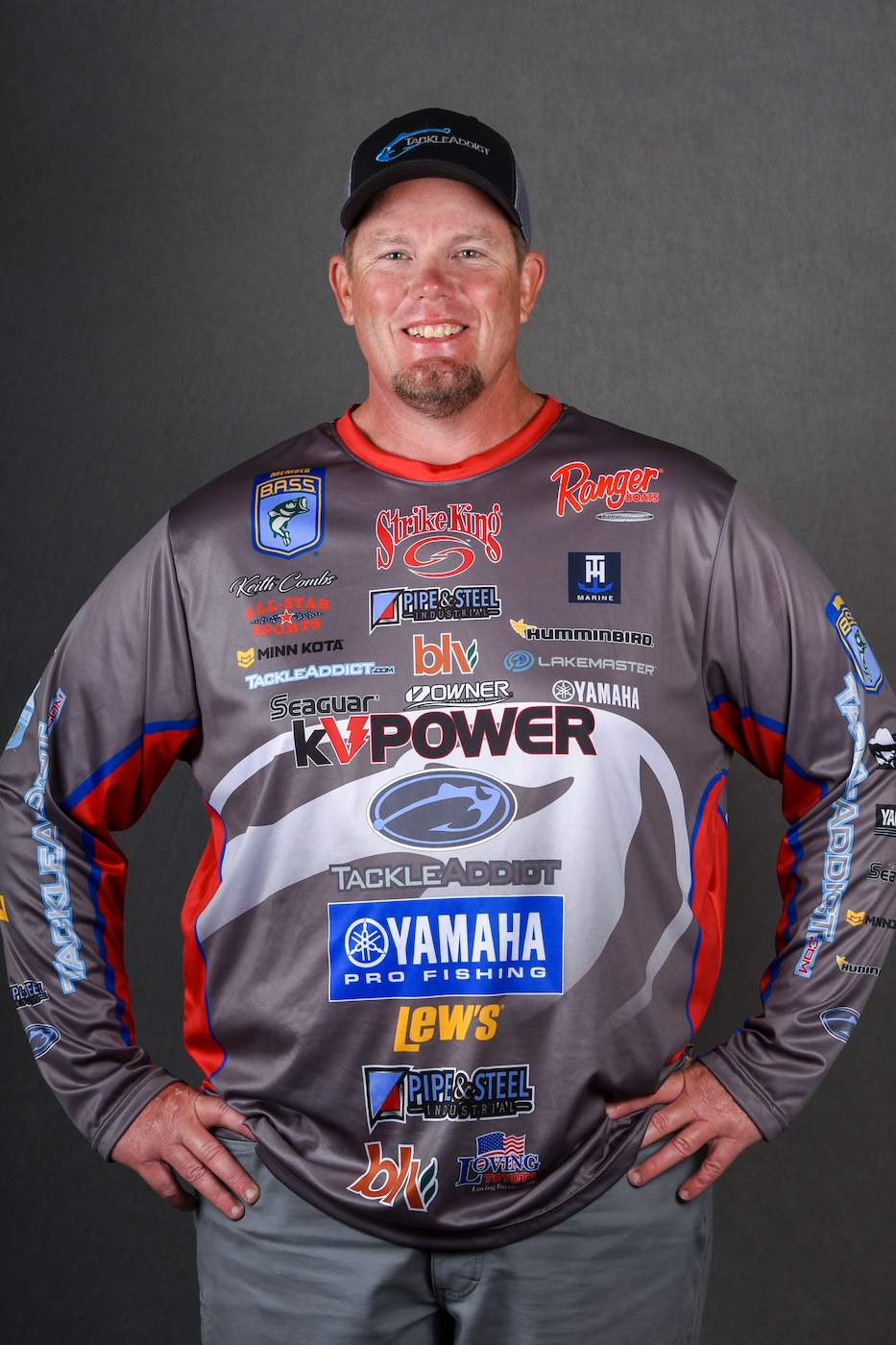
At this point in my career I’ve fished enough and experienced enough success that I’m able to trust my instincts most of the time. For some reason lately, though, I’ve been fighting those instincts and it has cost me. I had a strong start at the St. Johns River and Winyah Bay, but then at Bull Shoals/Norfork I struggled through one of the worst finishes of my career, largely because I ignored things that I knew to be true.
I spent the first day of practice on Norfork, and found many of the fish to be in a post-spawn phase. There wasn’t much of a shad spawn going on, but the fish were in a chasing mode and I could catch them cranking and with other reaction baits. I figured it would be the same deal at Bull Shoals, so I went out the next day and did the same things and once again I got bit.
Of course, it was windy and cloudy during those practice days but the long term forecast showed that it was going to be sunny and calm by the time the tournament started. From my experience, I know that on those highland reservoirs when it slicks off it’s easy to get burned on a cranking bite. Unfortunately, all I really had going was my cranking pattern, so rather than try to develop something else I tried to force feed it to them.
On the first day of the tournament we had a fog delay of about an hour-and-a-half, and after that cleared out it was sunny and slick. Things started off slowly for me, but just as I was about to adjust and switch to something more finesse-oriented, I caught two fish on the crankbait. I kept with it and put together a bag that weighed 11-05, which had me in 47th place, just inside the cut.
The next day we moved to Bull Shoals and it was obviously going to be another clear, wind-free day. I knew those conditions demanded that I make a change, but I’d had an 18-pound day in practice and thought I could make them bite the crankbait again, even though I knew better. I fished hard all day, but could only manage four little keepers for a bit over 7 pounds and I fell to 90th. It almost would’ve been better if I hadn’t practiced there because I’m almost positive that I would’ve fished differently.
Driving to the next event at Wheeler, I started thinking about it. That’s one thing that our long drives are good for – it gives you time to identify problems and work on fixing them. I know that if conditions demand a certain presentation, I need to follow what my instincts tell me to do. When I arrived at Wheeler and got out on the water for the first day of practice, I could see that the spawn was about over. There were some fish guarding fry, but the good ones would be picked off pretty quickly and it probably wouldn’t last four days. There was also a shad spawn going on, and that promised to get better. I knew the bass were headed out to their summer areas, but as much as I tried to force it, I really couldn’t get bit outside.
Once the tournament started, I’d found enough fry guarders that I could fool with a wacky worm to make the cut, but when I launched the boat on Saturday for Day 3 the water was higher. I should have adapted and frogged and flipped, maybe cranked a little too, but I stuck with what had gotten me to that point and dropped over a dozen spots.
In many tournaments where I’ve done well, during practice I’ve focused more on where the fish are going than on where they are. When I won the Toyota Texas Bass Classic at Lake Fork, there was a good shad spawn when we arrived for practice, but it was going away. I focused on offshore places instead. The schools might’ve had 5 fish the first day of practice, but by the first day of the tournament they’d grown to maybe 30 fish, and by the last day of the tournament some of them had thousands. That’s how you win multi-day tournaments. The rest of this year I am going to work hard on trusting my gut and thinking about where the fish are headed rather than where they are when practice starts.

